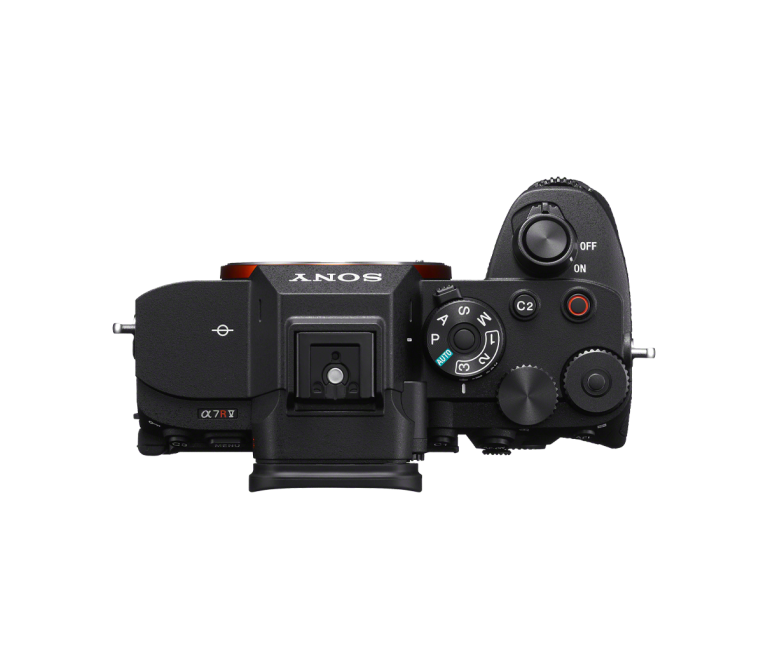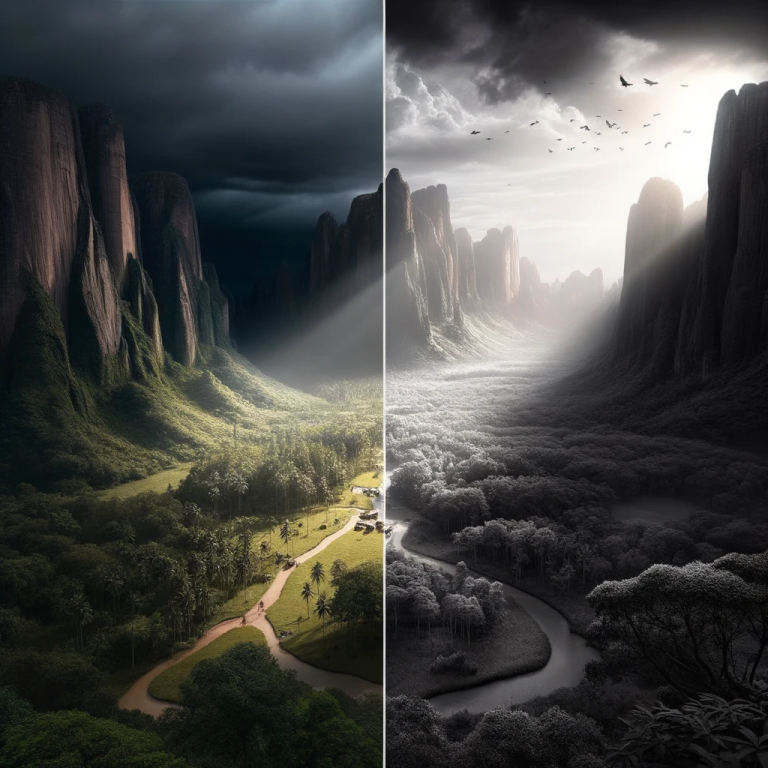How to Get Started in Photography?
Photography is a mesmerizing blend of art and science, capturing fleeting moments and turning them into lasting memories. For many, it becomes a lifelong passion, an avenue to express emotions, narrate stories, or even forge careers. Whether you’re a mother wanting to capture precious family moments or an amateur photographer looking to delve deeper, this guide will illuminate your path in the vast world of photography.
Understanding the Heart of Photography
(a) The Essence of a Good Photograph
Photographs aren’t just visual representations; they’re moments frozen in time, each telling a unique story. What sets apart an average photograph from an extraordinary one isn’t the gear but the emotional connection it establishes with its viewer. It’s the evoked feelings, the relived memories, and the stories conveyed without words that truly define the essence of a great photograph.
(b) Basic Components of a Photograph
Behind every image lie fundamental elements: light, subject, perspective, and mood. Understanding and manipulating these components will significantly improve the quality and depth of your pictures. For instance, the way light interacts with the subject can transform the emotion of a shot, while changing your perspective can bring a fresh and unique view to an otherwise ordinary scene.
The Tools: Selecting the Right Camera and Lens
(a) Types of Cameras
From DSLRs to mirrorless, compact, and even smartphones, the variety of cameras available today is vast. Each has its strengths: DSLRs offer versatility, mirrorless cameras are lightweight with advanced tech, compacts are pocket-friendly, and smartphones are always within arm’s reach. Choosing one boils down to understanding your needs and preferences.
(b) Lenses 101
A lens can dramatically influence a photograph. Wide-angle lenses can encapsulate vast landscapes, telephoto lenses can bring distant subjects closer, and macro lenses can reveal intricate details. Each lens offers a new world of possibilities, influencing factors like depth of field, distortion, and the overall feel of the photograph.
(c) Factors to Consider When Choosing a Camera and Lens
Before making a purchase, consider your photography goals. Do you want portability or image quality? Are you shooting fast-action sports or serene landscapes? Factor in your budget, but remember: investing in a good lens often proves more beneficial than splurging on just a camera body.
Crafting the Image: Basic Composition Techniques
(a) Rule of Thirds
Imagine dividing your frame into nine equal rectangles, three horizontally and three vertically. Placing your main subject at the intersections of these lines can create a more balanced and engaging photograph.
(b) Leading Lines and Framing
Use natural lines, like roads or rivers, to guide the viewer’s eye towards the main subject. Similarly, frame your subject using windows, arches, or trees to create focus and add depth.
(c) The Importance of Perspective
Shift your angle, kneel down, or even climb up. Experimenting with perspectives can lead to standout images, offering viewers a fresh take on a familiar scene.
Post-Processing: An Introduction to Editing Software
(a) Why Editing Matters
Editing is the final touch, the cherry atop your photographic cake. It’s not about altering reality but enhancing the photograph’s essence, refining its story, and adjusting elements like brightness or color to match your envisioned result.
(b) Software Options for Beginners
There’s a plethora of editing software available, from desktop applications to mobile apps. While professionals might lean towards advanced programs, beginners can find numerous user-friendly options that offer impressive results without the steep learning curve.
(c) Basic Editing Techniques
Start with basic edits: cropping for better composition, adjusting exposure to brighten or darken an image, and tweaking color balance to achieve the desired mood. As you progress, delve into advanced techniques like retouching or layering.
Building Connections: Engaging with the Photography Community
(a) The Benefits of Networking
Interacting with fellow enthusiasts can drastically accelerate your learning. You’ll gain exposure to diverse styles, receive constructive feedback, and even discover opportunities to collaborate or exhibit.
(b) Platforms to Share and Learn
From photography-centric platforms to general social media, there are numerous avenues to showcase your work, engage with peers, and draw inspiration. Engage genuinely, participate in challenges, and always be open to learning.
(c) Local Clubs and Workshops
Local photography clubs or workshops offer hands-on experiences. They’re a fantastic way to hone skills, understand local photography spots, and build connections.
Conclusion
Your photography journey is uniquely yours, laden with trials, errors, joyous discoveries, and endless learning. Embrace each step, cherish every click, and remember: in photography, as in life, it’s the journey that truly matters. Keep capturing, keep experimenting, and most importantly, keep sharing your vision with the world.







